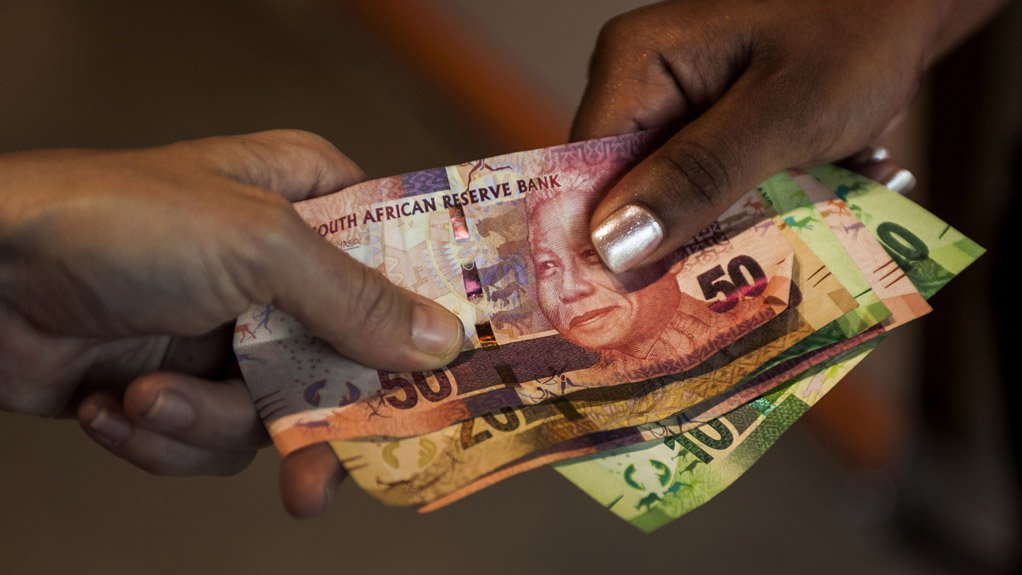As anticipated, Finance Minister Enoch Godongwana confirmed a lowering of South Africa's inflation target to 3%, with a 1 percentage point tolerance band on either side, in his Medium-Term Budget Policy Statement (MTBPS).
At one point, the Minister had appeared to be at odds with Reserve Bank governor Lesetja Kganyago, who has been a strong advocate of reducing the target from the current band of 3% to 6%, reminding Kganyago that it was he who was responsible for setting monetary policy in consultation with the Governor of the Reserve Bank.
The issue was also heavily contested within the African National Congress, which remains the largest party in the Government of National Unity.
Godongwana said that, after careful consideration, he had decided to change the target for the first time in a quarter of a century.
“The new target will anchor inflation at permanently lower levels. This will reduce the cost of living and borrowing costs for households, businesses and government, supporting higher long-term economic growth and job creation,” the Minister said.
The change followed joint research on the impact of a lower inflation target on the economy and the fiscal framework by the National Treasury and the South African Reserve Bank, during which they also reviewed the wider literature on optimal inflation targeting in emerging markets.
The conclusion was that a lower target aligned the country with international best practice and made the cost of borrowing cheaper by reducing the inflation risk premium that investors demand to lend to South Africa.
Lower borrowing costs were seen as supportive of the shift in expenditure towards infrastructure projects.
However, the National Treasury cautioned that lower inflation would initially slow nominal GDP growth and revenue growth, given that tax receipts were linked to nominal GDP.
“This will reduce fiscal space, while the real value of public debt will decline more slowly.”
Nevertheless, it concluded that the benefits of a lower inflation target outweighed the costs.
“Furthermore, policies to restore the health of the public finances and implement growth reforms will mitigate short-term adjustment risks.
“Given the year-to-date revenues collected and the measures already implemented to stabilise the public finances, the National Treasury has concluded that the target change can be managed without jeopardising government's fiscal objectives.”
Godongwana announced better-than-expected revenue collections for the first six months of 2025/26 and revenue for the year is expected to be R19.3-billion higher than the figure outlined in the February Budget.
It was also announced that the revenue performance was being monitored to determine whether the R20-billion in additional tax increases for the 2026 Budget proposed in the 2025 Budget may be withdrawn.
A decision would be announced in the 2026 Budget.
Meanwhile, to ensure a “smooth adjustment” to the inflation target for households and businesses, the Reserve Bank was expected to guide inflation and inflation expectations gradually towards the 3% target over the next two years.
“The Minister of Finance and the governor of the Reserve Bank will closely coordinate policy settings to maximise the economic benefits of the new target, and enhance fiscal and monetary policy alignment.”
EMAIL THIS ARTICLE SAVE THIS ARTICLE ARTICLE ENQUIRY FEEDBACK
To subscribe email subscriptions@creamermedia.co.za or click here
To advertise email advertising@creamermedia.co.za or click here











